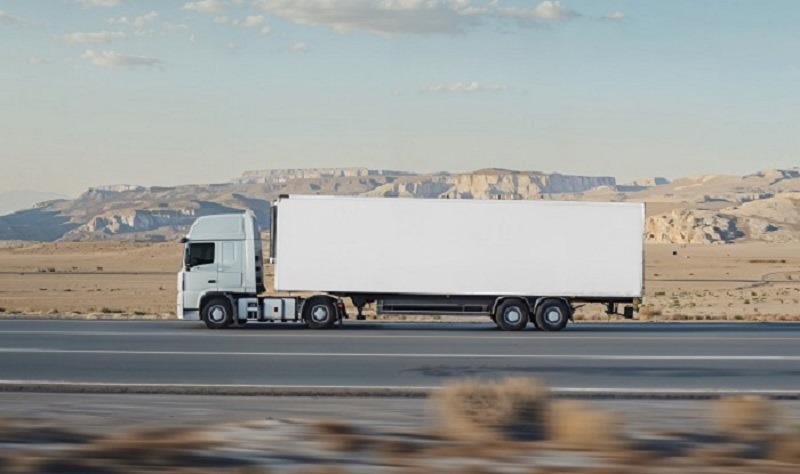US Supply Chain & Logistics Challenges in 2025: Ports, Trucking and Warehouses Under Pressure
November 11, 2025
The US supply chain is under mounting pressure in 2025. From clogged ports and soaring trucking costs to warehouse labour shortages and rising rents, the logistics backbone of American commerce is being tested. For shippers, manufacturers and logistics managers alike, understanding these changes isn’t optional—it’s essential. In this article, we look at the key challenges facing ports, trucking and warehousing in the U.S., explore the underlying causes, and highlight what businesses should be doing now to adap

Ports: Congestion, Automation & Trade Policy Headwinds
-
Many U.S. ports are still operating under strain. Terminal throughput is lagging behind the surge in import volumes, and in some cases, ageing infrastructure and inefficient processes are slowing things down. Maersk+2eastcoastwarehouse.com+2
-
Automation is increasingly being adopted: for example, U.S. port operators are looking at robotics and automated cranes to reduce cost and increase speed. But these investments come with cost, union resistance and technical hurdles. Financial Times
-
Trade policy and tariffs add another layer of complexity, especially on ocean-freight routes that impact U.S. imports. Supply Chain Dive+1
-
What this means: Longer dwell times for containers, higher costs for carriers and shippers, and potential rerouting of cargo to less congested ports.
Trucking: Driver Shortage, Rising Costs & Theft Risk
-
The U.S. trucking sector is grappling with chronic driver shortages: many older drivers are retiring; younger workers are reluctant to join due to hours, pay and lifestyle. janssonllc.com+1
-
Fuel, equipment and regulatory costs are rising and being passed through as higher freight rates. eastcoastwarehouse.com+1
-
Cargo theft and security issues are on the rise. A recent high-profile case in 2025 highlighted how organised criminal networks exploit GPS spoofing and weak controls in US trucking. New York Post
-
Impacts: Fewer truck-available slots, higher spot-market rates, increased risk and cost of shipping by road.
Warehousing & Distribution: Labour, Space & Tech Pressures
-
Warehousing is facing two major pressures: rising rents/lease rates (driven by demand for space) and labour scarcity (for pickers, packers, forklift operators). Maersk+1
-
The growth of e-commerce and demand for fast fulfilment mean warehouses must be flexible and highly efficient—but many are still managing with outdated systems. extensiv.com+1
-
Technology adoption (WMS, automation, AI) is growing, but the logistics industry still has a large gap to close in full digital transformation. Inbound Logistics
-
Consequences: Higher inventory holding costs, slower throughput, and greater risk of service failures.
Cross-Sector Themes: What Links Ports, Trucking & Warehousing
-
Labour & Skills Gap: From dockworkers to truck drivers to warehouse floor staff—the logistics labour chain is being squeezed.
-
Cost Inflation: Across fuel, equipment, materials and labour, costs are climbing and margins are under pressure. eastcoastwarehouse.com+1
-
Visibility & Risk Management: Many operators lack end-to-end visibility across mode and facility, making them vulnerable to disruption. xeneta.com
-
Regulation & Environment: New emissions rules, infrastructure aging, and climate risks (storms, flooding, extreme weather) are tightening the logistics frame. arXiv+1
-
Technology Gap: While many firms are investing, there remains a large gap between current capabilities and what’s needed to reach resilience and agility. Inbound Logistics+1
What Businesses Should Do Now
-
Diversify modes and routes: Don’t rely solely on one port, carrier or lane. Use alternatives or build contingency for key flows.
-
Invest in visibility & analytics: Real-time data across port, trucking and warehouse flows helps detect bottlenecks early.
-
Partner strategically: Work with logistics providers that can offer flexibility, scale and technology support—not just lowest cost.
-
Focus on workforce strategy: Inventories, cross-training and labour retention programmes can mitigate shortages.
-
Prepare for cost-shock: Model scenarios for increased costs in trucking fuel, port surcharges, warehouse rents—and build these into budgets.
-
Plan for disruption: From weather to geopolitics to labour strikes, assume something will go wrong—and have a response roadmap.
Looking Ahead: Trends for 2026 and Beyond
-
Greater automation at U.S. ports and warehouses will gradually reduce reliance on manual labour—but adoption will be uneven.
-
Increased intermodal shifts: Some freight may move from road to rail or coastal shipping if trucking costs remain high.
-
Infrastructure investment (e.g., ports, highways, bridges) will matter more than ever as aging assets become bottlenecks.
-
Sustainability pressures will force logistics providers to adopt greener vehicles, warehouses and practices—those unprepared may face cost penalties or lost business.
-
Supply chain design will shift from just-in-time to just-in-case, with higher buffer stocks, near-shoring or multi-sourcing becoming more common.
Conclusion
The supply chain infrastructure of the United States—its ports, trucking networks and warehouses—is in a moment of stress and transformation in 2025. For those in freight, logistics, manufacturing and retail, the question isn’t if disruptions will come—they already are. The real question is: What are you doing now to adapt? By diversifying your modes, strengthening visibility, building workforce resilience and planning for cost shocks, you can move from reacting to getting ahead.